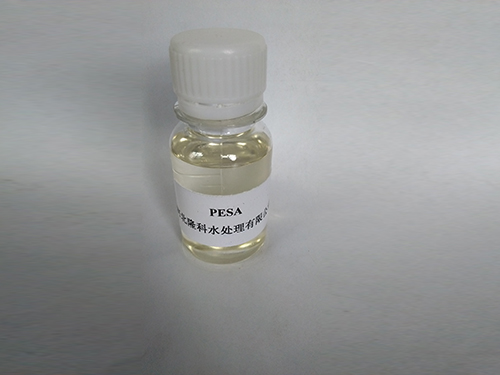Understanding the Role and Benefits of Poly Aluminum Chloride in Water Treatment Processes
Polyaluminum Chloride in Water Treatment
Water treatment is a vital process in ensuring the safety and quality of drinking water and wastewater management. Among the various chemicals used in water purification, polyaluminum chloride (PAC) has gained prominence due to its effectiveness and versatility. This article will explore the properties, benefits, and applications of polyaluminum chloride in the water treatment industry.
Polyaluminum chloride is a coagulant derived from aluminum hydroxide and hydrochloric acid. It typically appears as a yellowish white powder or solution and is known for its high charge density. This characteristic allows PAC to facilitate the removal of suspended particles and turbidity from water effectively. The polymeric nature of PAC enhances its coagulation properties, making it particularly efficient in diverse water conditions.
One of the main advantages of using polyaluminum chloride in water treatment is its ability to work effectively over a wide pH range. Traditional coagulants, such as aluminum sulfate, are sensitive to pH changes, which can affect their performance. In contrast, PAC performs well even in varying pH levels, allowing for greater flexibility in treatment processes. This feature is crucial in regions where water quality may fluctuate significantly due to seasonal changes or pollution.
Another benefit of PAC is its rapid settling properties. Unlike some traditional coagulants that can require extended settling times, PAC contributes to the formation of larger flocs that settle quickly. This efficiency not only speeds up the water treatment process but also reduces the volume of sludge produced, thereby minimizing the costs and challenges associated with sludge disposal.
polyaluminum chloride water treatment

Moreover, the lower dosage requirements of PAC compared to other coagulants make it an economically attractive option for many water treatment facilities. The effective dose of PAC often ranges between 0.1 to 1.0 mg/L, which is significantly lower than that of traditional coagulants. This results in lower operating costs and reduced chemical storage and handling requirements. Consequently, plants that utilize PAC can experience improved overall operational efficiency.
Polyaluminum chloride is also effective in removing color impurities from water. In regions where natural water sources may be colored due to organic matter or other contaminants, PAC has been found to significantly enhance color removal. This property is particularly beneficial for water treatment plants that source their water from rivers or lakes, where coloration is a common problem.
In addition to its use in drinking water treatment, PAC is widely employed in the treatment of industrial wastewater. Many industries, including textiles, paper manufacturing, and food processing, generate wastewater with high levels of suspended solids, oils, and colors. PAC's coagulant properties aid in the effective removal of these impurities, ensuring that the treated wastewater meets environmental regulations before being discharged.
Despite its numerous benefits, the use of polyaluminum chloride must be managed correctly to mitigate any potential environmental impacts. Proper dosing, monitoring, and disposal practices are essential to ensure that PAC does not adversely affect aquatic ecosystems. Additionally, the production and transport of PAC should adhere to safety regulations to protect workers and the environment.
In conclusion, polyaluminum chloride is a powerful and effective coagulant for water treatment applications. Its versatility, efficiency in diverse conditions, rapid settling capability, and lower dosage requirements make it a preferred choice for many water treatment facilities. As water quality needs continue to evolve globally, the role of PAC in enhancing the safety and quality of water will undoubtedly become increasingly significant, supporting both public health and environmental protection.
-
Water Treatment with Flocculant Water TreatmentNewsJun.12,2025
-
Polymaleic AnhydrideNewsJun.12,2025
-
Polyaspartic AcidNewsJun.12,2025
-
Enhance Industrial Processes with IsothiazolinonesNewsJun.12,2025
-
Enhance Industrial Processes with PBTCA SolutionsNewsJun.12,2025
-
Dodecyldimethylbenzylammonium Chloride SolutionsNewsJun.12,2025





